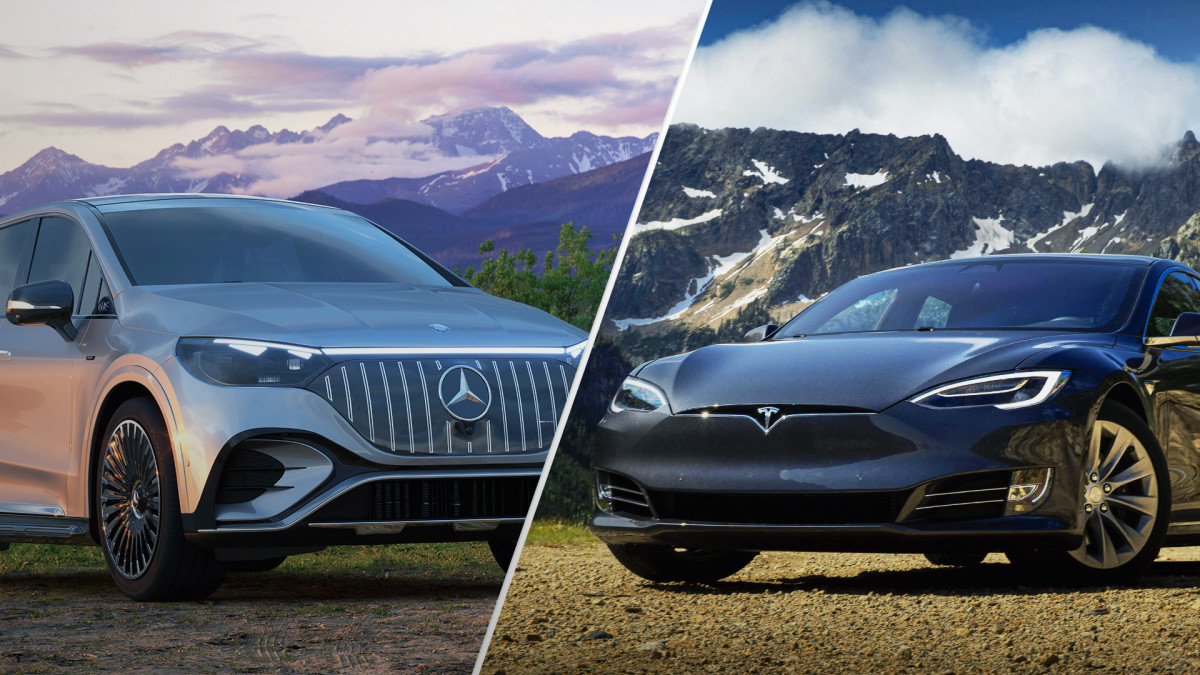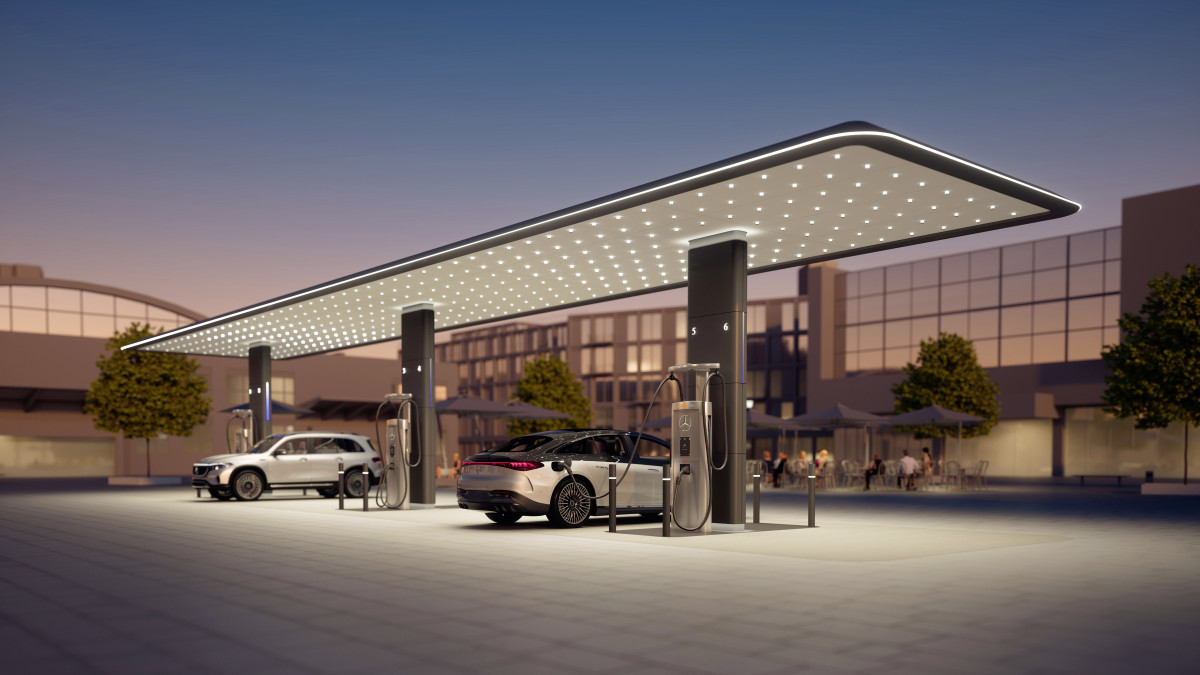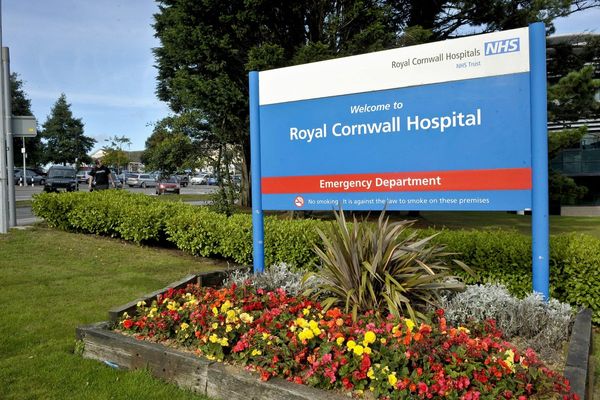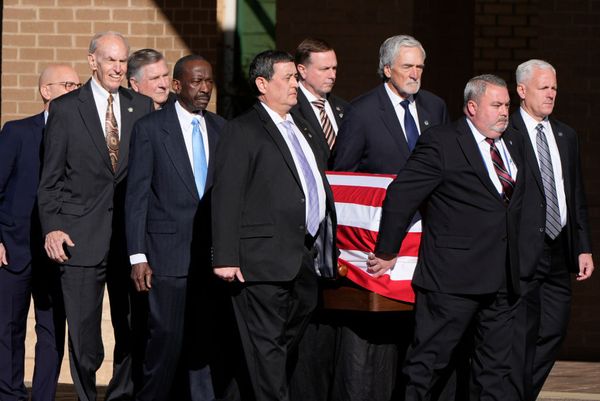
Before Tesla TSLA shares took their beating in the latter half of this year, the stock was soaring, in part due to an ongoing series of partnerships made with Tesla to grant an ever-lengthening number of automakers access to Tesla's Supercharger network. That expansion of access — and successive monetization — of Tesla's network worked well into Wedbush analyst Dan Ives' Tesla bull thesis: once the company figures out how to monetize software and services at scale, it will be well on its way to becoming a Big Tech titan.
The Supercharger network, Ives projected in August, could bring in $10 billion to $20 billion in annual revenue by the end of the decade. And that is an opportunity — crucial to the widespread adoption of electric vehicles — that Mercedes-Benz DDAIF is looking to disrupt.
Related: Mercedes makes good on one of Elon Musk's long-awaited promises
Mercedes, in a new partnership with Simon Property Group, will build out 50 Mercedes-Benz charging hubs at Simon locations throughout the U.S. by 2027. Powered entirely by renewable energy, this latest announcement comes as part of the automaker's electrification-focused plan to deploy 400 charging stations and more than 2,500 chargers across North America by 2030.
"For the last 130 years, we built the most desirable car, and now as an extension of what we're doing as an organization, we are committed to building the most desirable driver experience," Mercedes High-Power Charging CEO Andrew Cornelia, told TheStreet in an interview. "Charging is now a part of that."
Cornelia explained that Mercedes, which is aiming to be an EV-first company by 2030, is aiming to leverage and grow its High-Power Charging business into a "profitable and sustainable" business, while also helping to solve the charging problem "not just for Mercedes, but for everybody."
Mercedes did not comment yet on the cost of using these new charging stations but said pricing will be competitive to where the market is.

Courtesy of Mercedes-Benz
Brand new infrastructure
Tesla unveiled its first EV Supercharger in 2012. Over the past 11 years, the company has expanded its network to include a total of 45,000 Superchargers around the world, 17,000 of which are located in the U.S. at more than 6,000 locations.
Mercedes said in August that it planned to open its first high-power charging stations during the fourth quarter of 2023.
The greater expansion of charging networks across the country is something that, due to the general lack of existing infrastructure, will take automakers time to build out. This, Cornelia said, is "critical infrastructure we're building."
"We're in the early innings, and we have a lot to play," he said. "This is something that we're investing in not just for a discreet period of time, but for something that will be around and available and continuing to grow with our ambitions as an electric car company."
But beyond changing and growing the physical infrastructure, Cornelia said, Mercedes is working to shift the way EV charging fits into the zeitgeist. Nightmare charging stories are still working against the industry's general effort to electrify.
"What we need to solve for is competence and reliability and freedom to travel," he said. "And public infrastructure is huge for that still today."
Solving the infrastructure, he said, is key to solving EV adoption.
Related: Why Tesla stock is crumbling — and where it could go next







